How To Run A Sub-20 Minute 5K

The 5K is a popular distance for runners of all abilities, offering a fantastic entry point for beginners and a thrilling challenge for more experienced athletes. If you’re setting your sights on breaking the 20-minute barrier, this comprehensive guide is here to help. Drawing from a related video by The Running Channel, we’ve broken down the essential components to help you achieve your goal. Remember to work hard, stay focused, and enjoy the journey!
Assess Your Current Fitness Level
Before diving into specific training sessions or pacing strategies, consider your current training volume and overall fitness. Since the 5K is primarily an aerobic event, you need to be aerobically fit, incorporating long, slow runs and overall mileage into your training. Remember not to do too much too soon – give yourself at least 10 weeks to train and adapt to the demands of your new goal.
Training Components for a Sub-20 Minute 5K
To achieve a sub-20 minute 5K, incorporate the following types of training into your routine:
- Intervals: These sessions involve repeated efforts at your target race pace with relatively short recoveries. Aim for a total of around 5K of cumulative hard efforts, adjusting your pace and recovery times as you progress.
- Threshold or Tempo Runs: These sustained, harder-than-normal runs are slower than your target 5K race pace but faster than an easy run. Threshold training is highly efficient for developing your aerobic system.
- Longer Runs: While the race is only 20 minutes, longer runs of 60 minutes or more are essential for building your aerobic base and endurance.
- Easy and Steady Runs: These runs are crucial for recovery and should be incorporated on days between harder efforts. Listen to your body and adjust your pace as needed.
Structuring Your Training Week
While juggling work, family, and other commitments, aim for four or five training days per week. A sample training week could look like this:
- Sunday: Longer run (60 minutes or more)
- Monday: Rest day
- Tuesday: Interval session
- Wednesday: Easy recovery run (30-40 minutes)
- Thursday: Rest day
- Friday: Threshold run
- Saturday: Rest day or easy recovery run (30-40 minutes)
Preparing for Race Day
- Stick to your pacing strategy: The training sessions in this guide will help you become familiar with your target pace. Avoid going too hard too early in the race – sustained effort is key.
- Embrace the discomfort: Aiming for a personal best in a 5K can be uncomfortable from the very beginning. Focus on reaching the 3K mark and then push through the 3-4K section, which is often the most challenging.
On race day, keep the following tips in mind:
Conclusion:
With the right training plan, pacing strategy, and mental preparation, you can break the 20-minute barrier in your next 5K race. Stay consistent, be patient, and remember to enjoy the process. Good luck in smashing your sub-20 minute 5K goal!







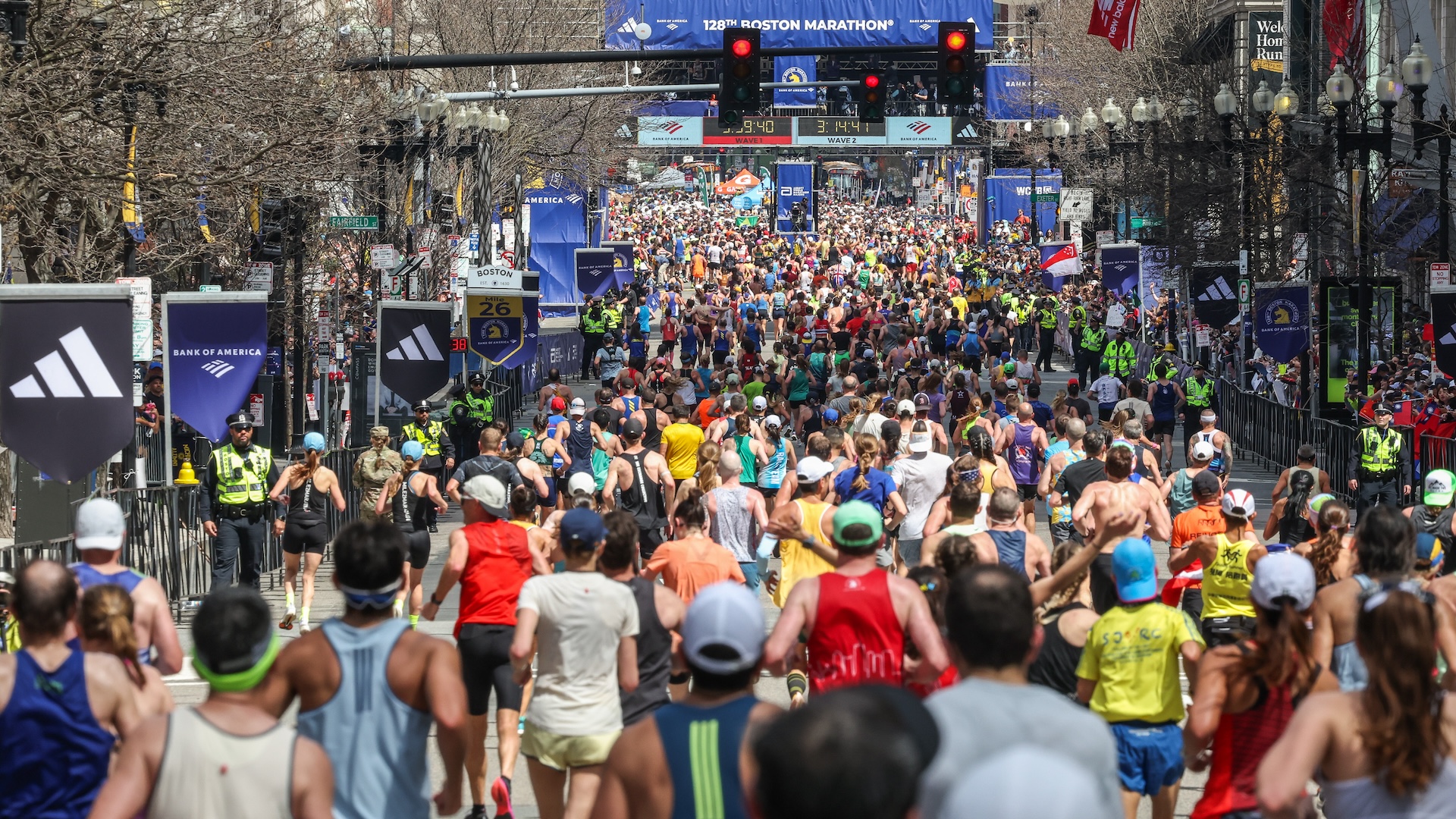

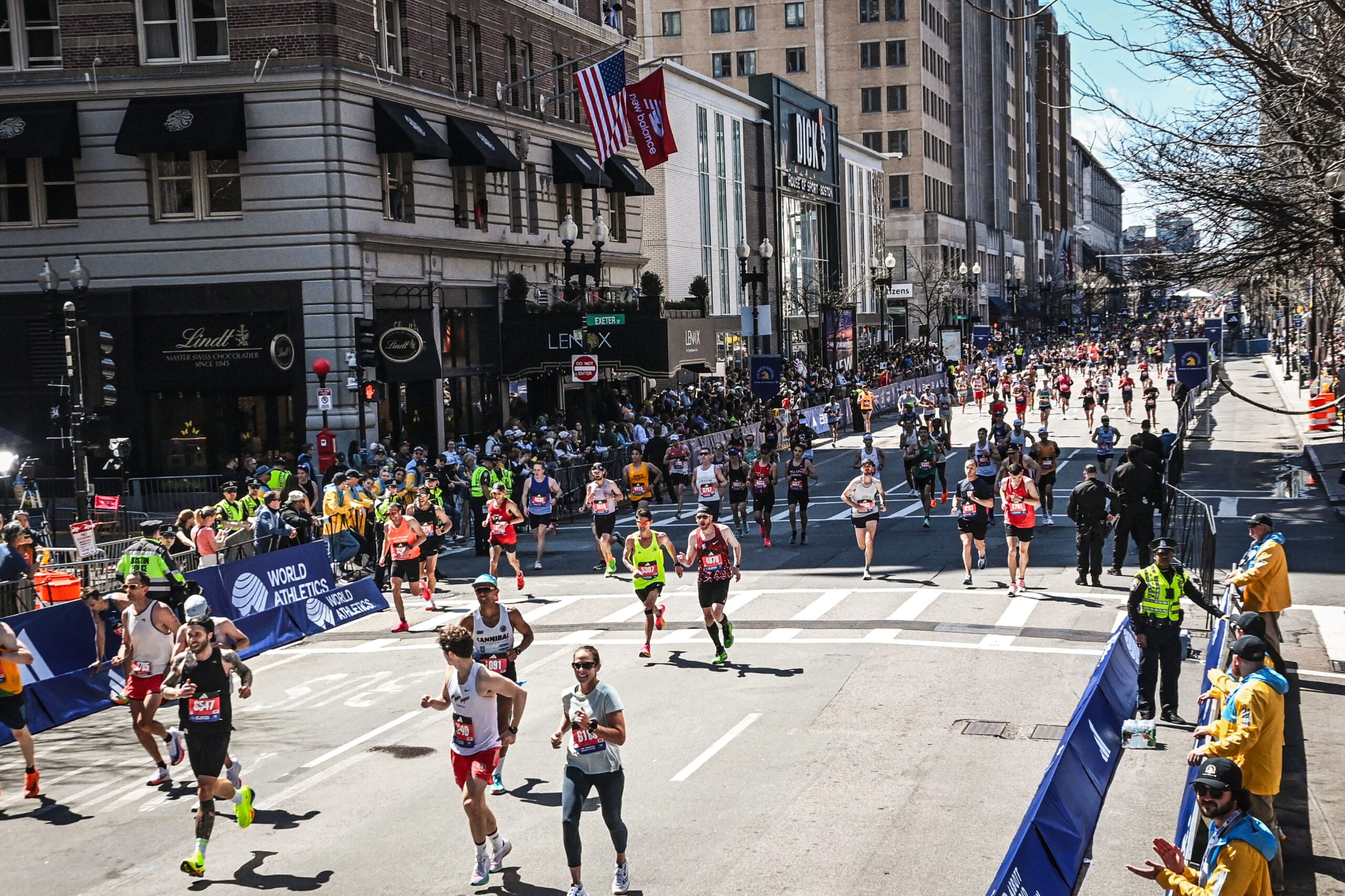




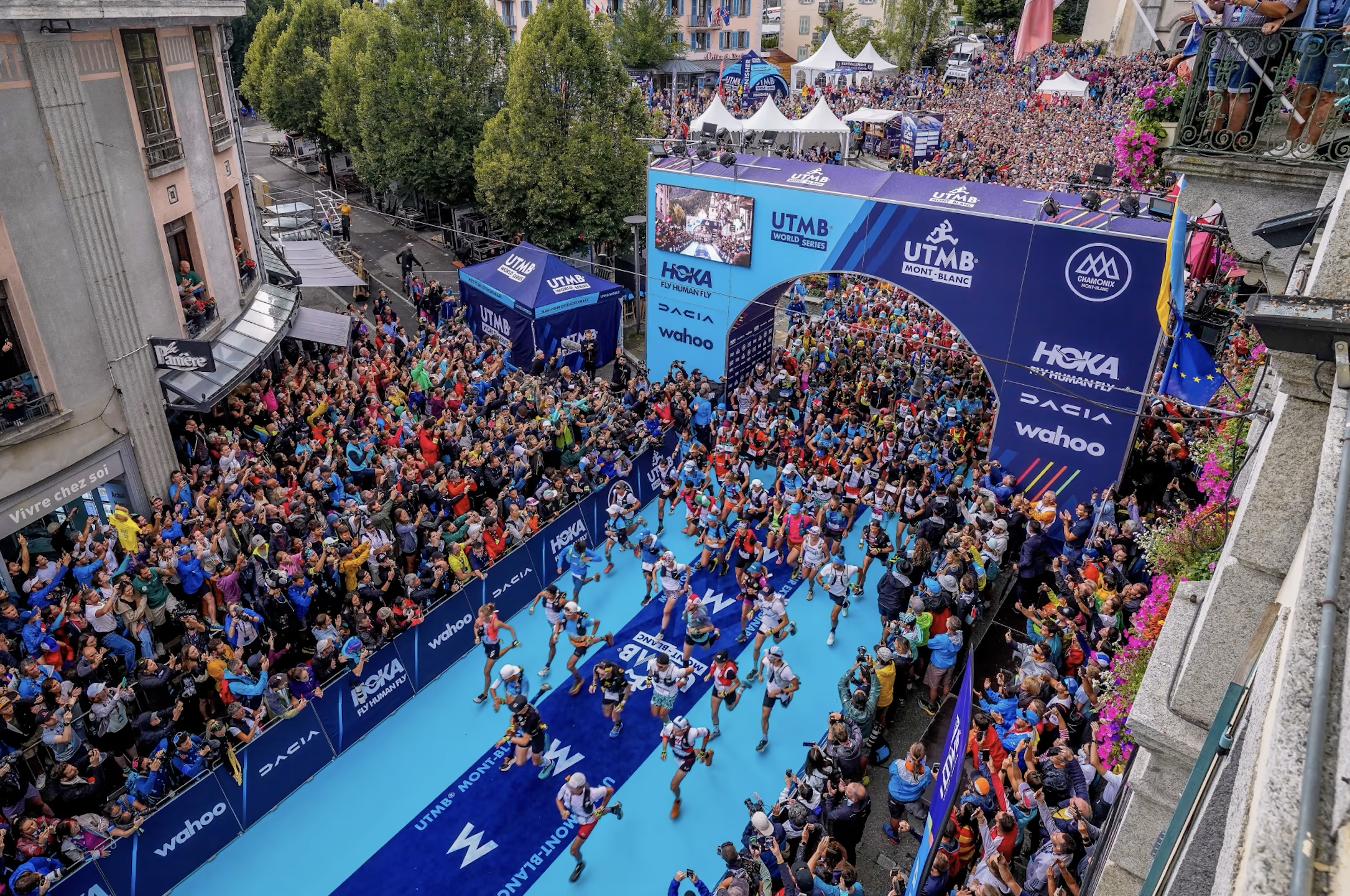


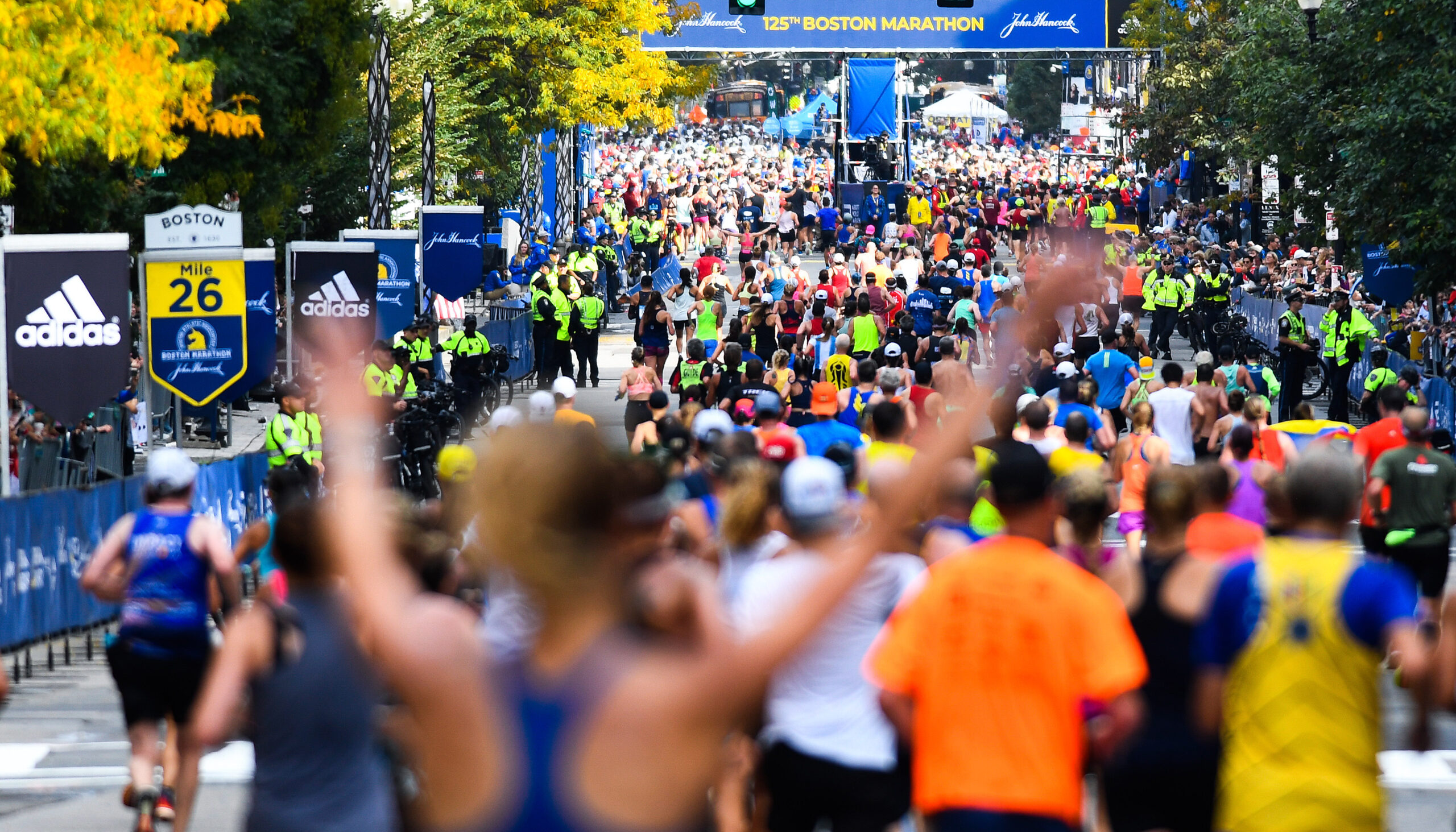
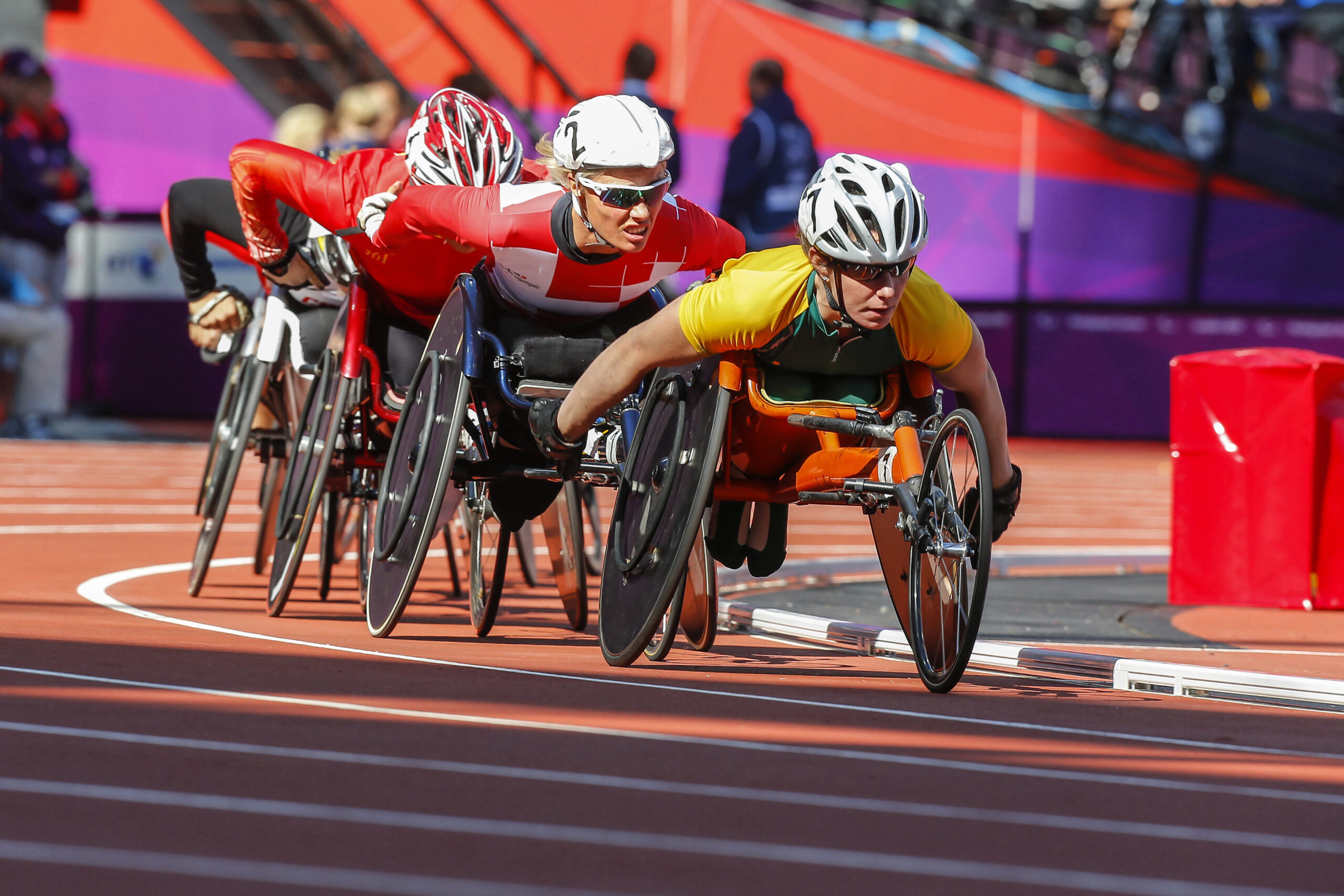






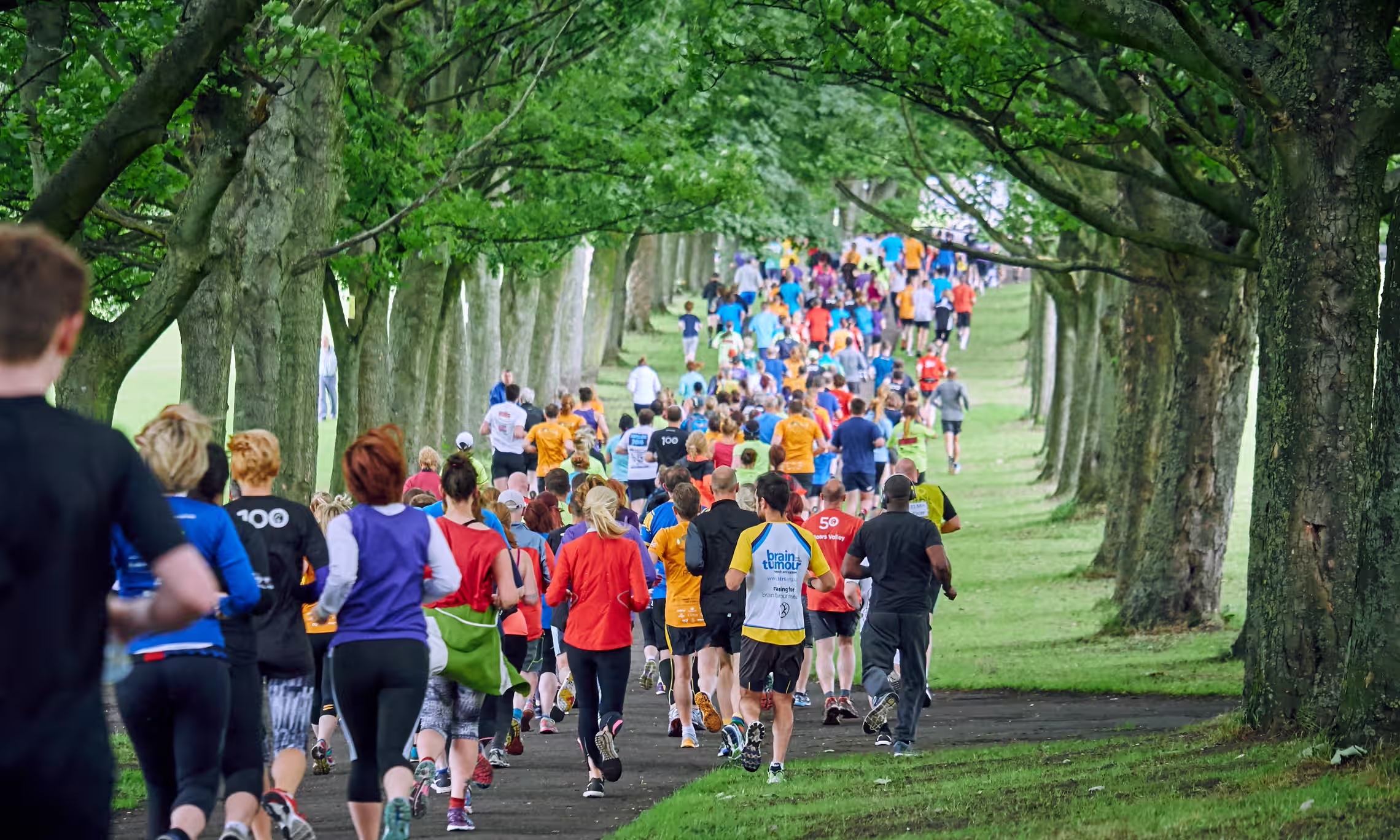



Running News
Ingebrigtsen Stars at World Athletics Indoor Championships 2025 – Plus All The Winners!
Sam Ruthe Is First 15-Year-Old To Run A Four-Minute Mile!
Eliud Kipchoge Will Run The 2025 Sydney Marathon!